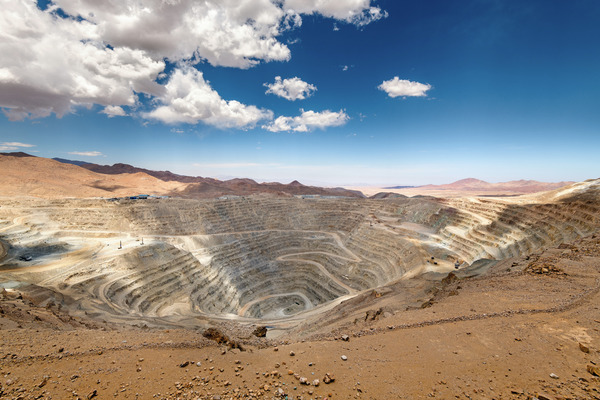The Federal Reserve is the swing factor in the current market. The tug-of-war between what the Fed officials have said and what the market thinks the Fed really plans to do is ongoing and makes for a problematic investing and trading environment.
Even our favorite special situations landscape is pretty quiet. Insiders are sitting still, activists are apparently on vacation, and even pending takeovers and announced strategic reviews are fairly priced right now.
Momentum is starting to fade, so we are not enthusiastic about adding to momentum trades, and there is no way I am suggesting we put on deep-value trades after an 8% one-month move in the S&P 500.
But there are two areas where I’m seeing plenty of buying opportunities…

It is a good time to avoid making new investments outside of select small banks and closed-end funds like those I discuss in my Bank Takeover Letter, The 20% Letter, and Underground Income – see below for more on that.
But at a time when it is quiet in the market and we are waiting for Fed- or earnings-related news to create new opportunities, our best use of time is probably to talk about nuclear energy.
In case you are new to the party, I am wildly bullish on the long-term future of nuclear energy and uranium.
I know all the horror stories. I watched Chernobyl on HBO. I watched the flooding and destruction of the Fukushima reactors with the same horror as everyone else. I lived in Baltimore, a mere 80 miles from Three Mile Island, when that fiasco occurred.
The headlines make for some scary reading.
But outside of the headlines, the truth is that nuclear energy is one of the planet’s safest, greenest sources of energy.
Best of all, unlike many renewable energy sources, nuclear energy is available on a 24/7 basis. Now that everyone who listens to the gospel of green and was not driven away by my love of fossil fuels has finally left, the rest of us can look at the reality of nuclear energy.
The war in Ukraine has caused many European governments to reconsider their stance on nuclear energy. Now that our friend Vladimir Putin turned off the gas spigot, windmills and solar panels cannot meet demand—and so Europe has ended up burning coal and wood.
Several nations, including Japan, Belgium, and South Korea, have already changed their outlook on using nuclear energy. And the United States and the United Kingdom have decided that cutting down existing points was not such a good idea after all.
At the same time, the war has interrupted the global uranium supply chain, causing some shortages and driving up prices, creating wider margins for uranium miners.
For the first time, financial buyers such as hedge funds and exchange-traded funds have gotten involved, purchasing significant amounts of uranium. These buyers have no intention of selling until they make many multiples of what they paid.
There are two ways to make money off uranium. The first is to buy the miners—the uranium mining business should be very good for a long time.
Which miners should we buy?
The answer is all of them, so I am going to suggest something I rarely advise. To cash in on the coming boom for uranium miners, your best bet is to buy the Sprott Uranium Miners ETF (URNM).
This exchange-traded fund owns the largest uranium miners in the world. These companies will be the primary beneficiaries of surging uranium demand and soaring profit margins.
Using an ETF allows you to buy most of the global uranium mining industry for modest amounts of cash.
You should also buy the Sprott Physical Uranium Trust, which trades over the counter in the United States with the ticker SRUUF. The trust invests in physical, yellowcake uranium, a form created early in the mining cycle, before fuel fabrication.
The trust currently holds almost 60 million pounds of yellow cake uranium, worth nearly $3 billion. One uranium fuel pellet is the size of a gummy bear and produces as much energy as three barrels of oil, a ton of coal, or 17,000 cubic feet of natural gas.
The green energy advocates will tell you that spent nuclear fuel is a serious hazard and threat to the whole world. But, given that the United States has been transporting and storing spent fuel rods for more than 50 years with no accidents, that would appear to be an exaggeration.
Spent nuclear fuels can also be recycled to produce new fuels and byproducts. For example, while the United States has yet to start recycling, France has been recycling spent fuel since the 1960s and has recovered enough fuel to run its nuclear industry for 14 years.
Nuclear energy has to be part of the global energy plan, or we will go backward in reducing carbon emissions.
We can earn huge profits by owning the companies and fuel that will help drive a cleaner nuclear energy future.





